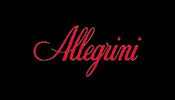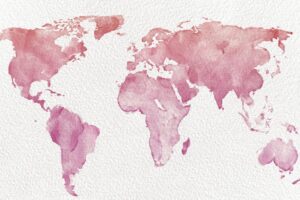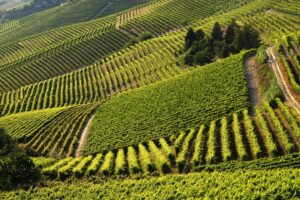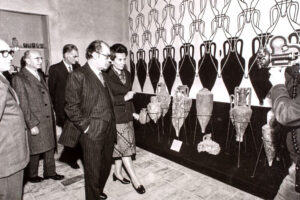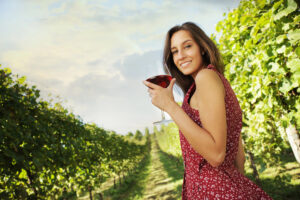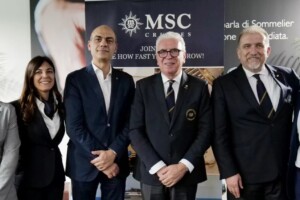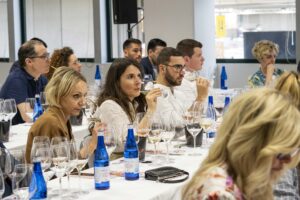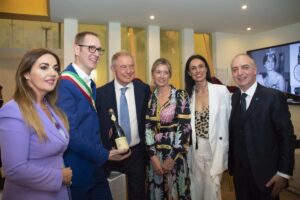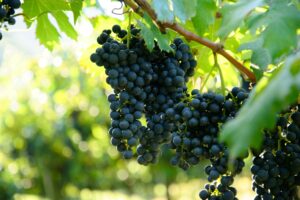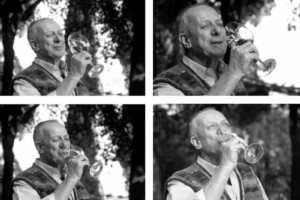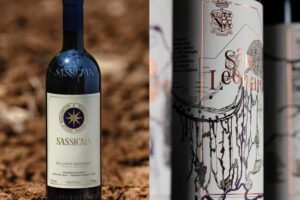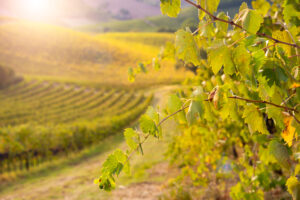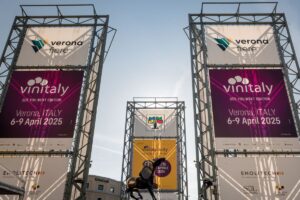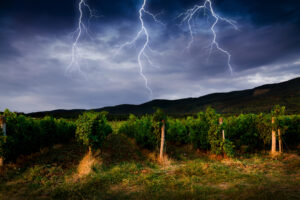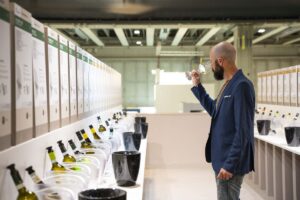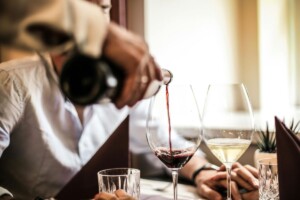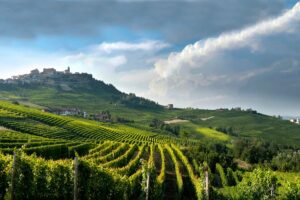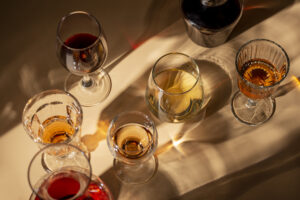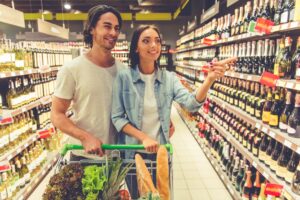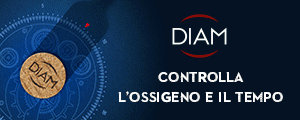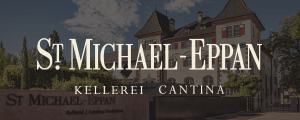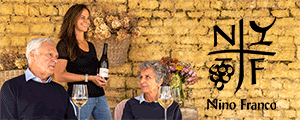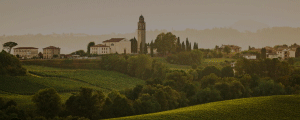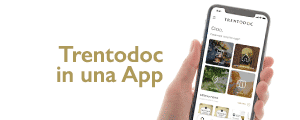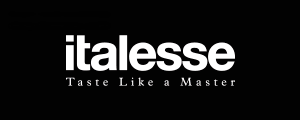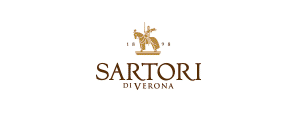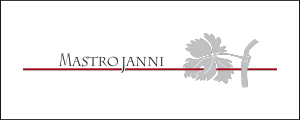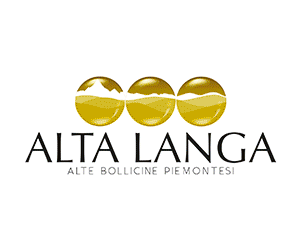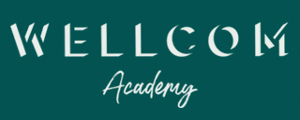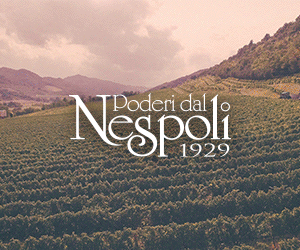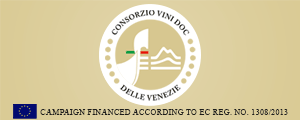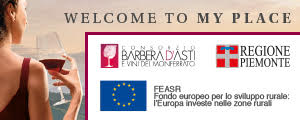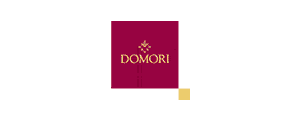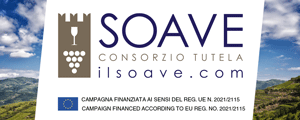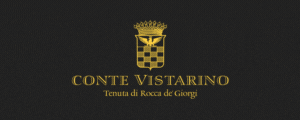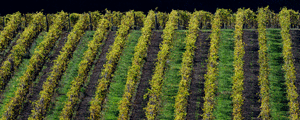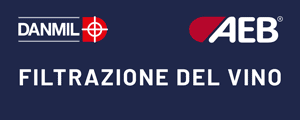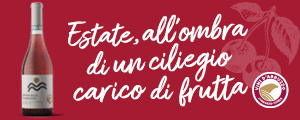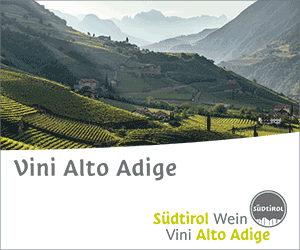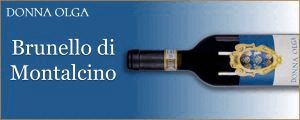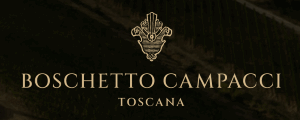Predicting the future is, of course, also a reflection on the present, because only on the basis of what we know has already happened are we able to make assumptions about what is yet to happen. And, this goes for the global wine scene as well, even though unlike the geopolitical one, it has faced fewer uncertainties and jolts. James Wainscott of “Wine Intelligence” (www.wineintelligence.com) has taken on the role of Nostradamus for global wine in 2018, indicating five phenomena that will probably characterize the New Year.
First of all, climate change, and the results of this year’s harvest speak for themselves, will be felt and have similar effects, also in the southern hemisphere. According to Wainscott, there is an expected drop in production for the 2018 vintage, too, resulting in a decrease in the global wine supply that will drive prices up especially in wine regions with strong markets, like the Prosecco area. In the long term, the instability of the climate could also be felt on quality levels and companies’ production styles. Next, Brexit, the effects of which are still far from being completely revealed on the second wine market in the world. The British sector association, WSTA, estimated a 3% increase in wine prices related to the last 90 days, which is just the beginning of a potentially devastating blow to the available incomes of the tormented average consumer, particularly if the Pound continues its downward trend on currency markets. Currency is a factor that will also be felt in the distribution and production chains, and much more than what has been felt so far. To further complicate things, the arrogant prediction the May government made - which had seen a massive increase in migratory flows from Pre-Brexit EU - has definitely not taken place.
The “bubble” of sparkling wines, continues Wainscott, is still far from bursting. The signs of long-term growth in volume, value and average price per bottle are evident on various markets such as the Untied States, Ireland and Spain. And, if Prosecco and its "brothers" were willing to innovate both in terms of packaging (read: cans) and nutritional intake, or low-calorie versions, then the trend could consolidate even further. Wine in a can will not be limited to making an appearance on the world wine stage for “young” products only – whatever that may mean - as the limits of the celebrated Bordeaux and its classic variations are being felt more and more everywhere. It is no coincidence, Wainscott notes, that premiumization has also invested in bag-in-box, and solutions for wine by the glass and / or single-portion have multiplied exponentially in recent years, respectively in the HORECA and on the shelves of mass retailers. Finally, environmental sustainability applied to viticulture, identified also but not only, under the umbrella of "organic", is meeting the demand for those two factors necessary for many wineries to emerge on markets - differentiation from competitors and educating consumers on the values and the features that make one wine better, or more palatable, than another. And from this point of view, the sales trend of “organic” food in supermarkets represents a godsend for those producers who have decided to focus on a different way of creating wine. These wines, concluded Wainscott, could enter the “mainstream” very soon.
Copyright © 2000/2024
Contatti: info@winenews.it
Seguici anche su Twitter: @WineNewsIt
Seguici anche su Facebook: @winenewsit
Questo articolo è tratto dall'archivio di WineNews - Tutti i diritti riservati - Copyright © 2000/2024



